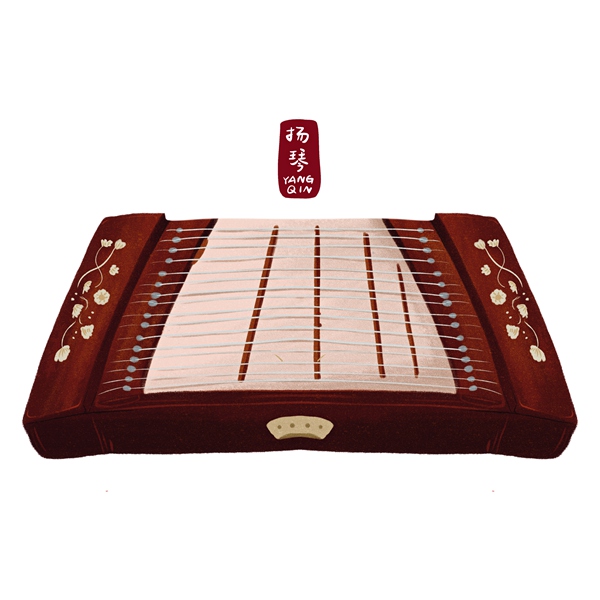
Many people would agree the piano is the "king of musical instruments." However, they might not have noticed yangqin, the traditional, Chinese folk-musical instrument, whose crystal-clear sounds might remind you of a gurgling stream of water flowing past a small village. With its broad musical range, created from its 144 strings, yangqincan be used to play nearly all types of music. No wonder many Chinese (including musicians and makers of musical instruments) call yangqinthe "king of strings and tunes." In 2008, Sichuan (in Southwest China)'s art of playing the Yangqinwas added to the list of the country's items of intangible cultural heritage.
"It is widely recognized that the piano is a variant instrument of China's yangqin, one major difference being that the hammers and strings of the piano are placed inside the instrument body instead of outside like the yangqin," says Xu Xuedong, a professor with Minzu University of China (in Beijing), who is a yangqinvirtuoso and composer. "Consequently, the yangqinis also known as the 'Chinese piano'."
Today, the yangqinand its foreign "counterparts" are called by different names in various countries, but it is generally known by its English name hammered dulcimer. Xu adds, "The yangqinis the only musical instrument that has similar versions of it being played in more than 60 countries."
Though they all trace their early roots back to the region of Iran, the shape, structure, and playing methods of each member of the hammered dulcimer family significantly differ from country to country. For instance, the yangqinis much larger than the santur in India, but much smaller than the hammered dulcimer in Romania. With reforms to adapt to Chinese culture, the yangqinhas gradually evolved into an independent Chinese instrument, markedly distinct from those hammered dulcimers outside China. The yangqinis not only popular in China, but also widely played by people in East and Southeast Asian countries, including Vietnam, South Korea and Japan.

Integrating into Native Culture
According to historical records, during the reign of Emperor Wanli (1573-1620) in Ming Dynasty (1368-1644), the yangqinfirst came into China via the Maritime Silk Road. It arrived in Guangdong Province (in South China), and then spread to other regions, including Guangxi, Sichuan and Hunan.
When it came to the late Ming Dynasty, the rise of Chinese folk opera art along with the increasing popularity of Chinese novels bolstered a rapid integration of the yangqinwith local folk instruments, giving birth to a new form of orchestra and adding a new charm to Chinese folk art. By late Qing Dynasty (1616-1911), the yangqinhad become an essential part of nearly all Chinese folk operas for various ethnic groups across the country.
Yangqinhas undergone several major changes, throughout its development history (in China). The original yangqinwas played with wooden hammers.Chinese people opt for bamboo hammers because bamboo exhibits better natural elasticity. "Bamboo is bouncy. Bamboo hammers bounce back easier once they strike the board," says Xu. He also believes that the reason why Chinese people in the past chose bamboo hammers rather than wood hammers was that bamboo represented the spirit of Chinese literati. There is much truth to this statement as in Chinese culture, bamboo is the personification of a number of admirable traits, for example an unyielding spirit. Different choices of striking material mark a key difference between Chinese yangqinand Western hammered dulcimers.
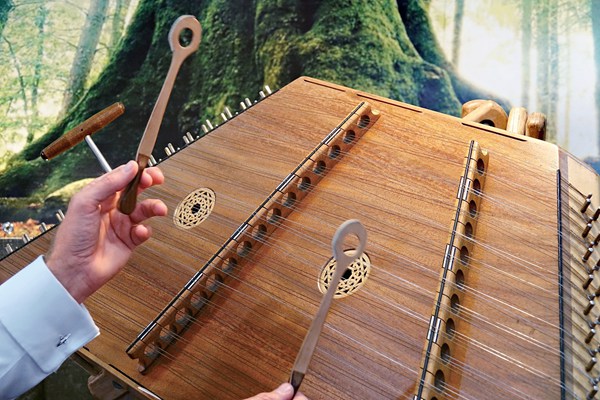
Test for Tuners
During the 400 years since the yangqinwas brought to China, few modifications had been made to the modulation mechanism of the musical instrument, until in the 1960s, more than 10 years after the People's Republic of China was founded in 1949. The ancient yangqinonly had a range of two and a half octaves. But in the early 1970s, the modulating yangqinwith four sets of frets was invented, increasing its music range to four and half octaves. Now some yangqincan span five and a half octaves.
Owing to its broadest spectrum and highest number of strings (among all existing Chinese musical instruments), the yangqinhas the most complicated modulation mechanism. "A person who can tune a piano may not be able to tune a yangqin, as the yangqinhas so many strings, which often get loose," says Xu.
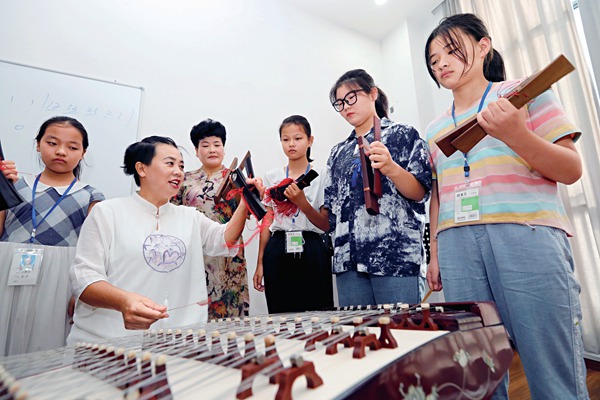
A 'Conductor' Who Can Go Solo
"Its broad musical range and up-down hammering movements are the key features contributing to its incredible compatibility with various forms of opera performances," Xu explains. With its broad musical range of 144 strings, yangqincan fit nearly all types of music. Both hands move up and down in the air, making it easier to be seen and followed by other orchestra players. Thus, in an orchestra performance, yangqinnaturally serves the role of controlling and maintaining the rhythm and the pace of a song as well as directing the whole band while rendering the music piece.
Though the yangqinis usually used to accompany other instruments like erhu (a classical Chinese stringed instrument), not serving as a leading role on the stage, yangqinperformers never complain but enjoy their supporting role. "Besides, when performing together, I can learn from other instrument performers about their understanding of the music and their methods of controlling rhythm and melody, " says Xu. "As Confucius put it, 'When three are walking together, I am sure to find teachers among them'."
Today, a yangqinband, consisting of low-, mid- and high-pitch yangqin, has emerged. Xu is very glad to see this historic breakthrough. "The yangqinfamily has expanded. As a result, viewers may enjoy various tunes played by the yangqinas a solo instrument," says Xu.
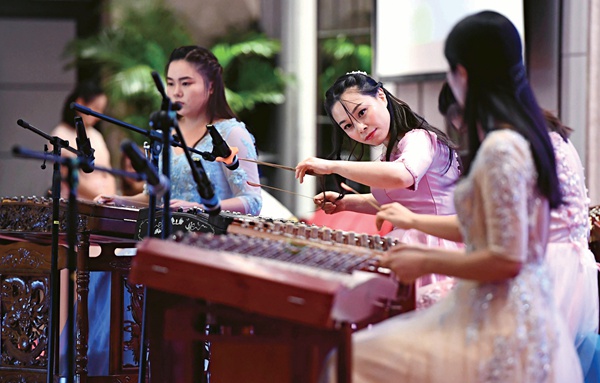
Still Popular in the Modern Era
China has the largest population of yangqinplayers, larger than that of all other countries combined. "It is estimated that, in China, there are 50,000 professional yangqinperformers and 400,000 people who are learning to play the musical instrument," says Xu.
In 2012, the first yangqinfestival was held in Hangzhou (capital of East China's Zhejiang Province), featuring competitions, concerts, and expert seminars, with 550 participants from China and other countries. The number of participants grew steadily each year from 550 in 2012 to 800, 1,300, and over 2,000 in 2014, 2016, and 2018 respectively. In China, yangqinhas been included in the music courses of elementary schools, middle schools and higher education institutions. Today, over 100 universities in China have majors in yangqin, including doctorate degrees.
China is also taking an active part in enhancing communication and exchanges about musical instruments with other countries, which are home to hammered dulcimers. China hosted the 8th and 15th World YangqinCongress in 2005 and 2019, respectively. The event was intended to promote hammered dulcimer music worldwide.
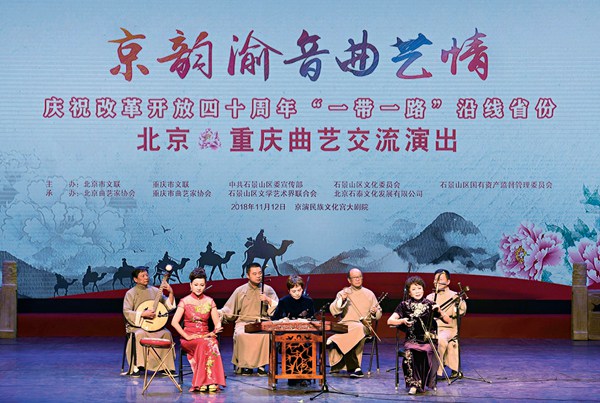
In 2001, the China Ethnic Orchestra Society was established, and 5,000 yangqinplayers registered as members of the society. In 2004, under the guidance of the society, a team of yangqinexperts began compiling a large collection of yangqinsongs. "It was a big project ... We reviewed thousands of old records and books, which contained old yangqinmusic scores, from the late Qing Dynasty to the modern era," recalls Xu. A total of 1,100 pieces of yangqinmusic were eventually found, and 106 pieces of those were included in the collection. "We hope those beautiful tunes can be written down and passed on to future generations," Xu adds.
Photos Supplied by VCG
(Source: China Today/Women of China English Monthly July 2022 issue)
32.3KPlease understand that womenofchina.cn,a non-profit, information-communication website, cannot reach every writer before using articles and images. For copyright issues, please contact us by emailing: [email protected]. The articles published and opinions expressed on this website represent the opinions of writers and are not necessarily shared by womenofchina.cn.

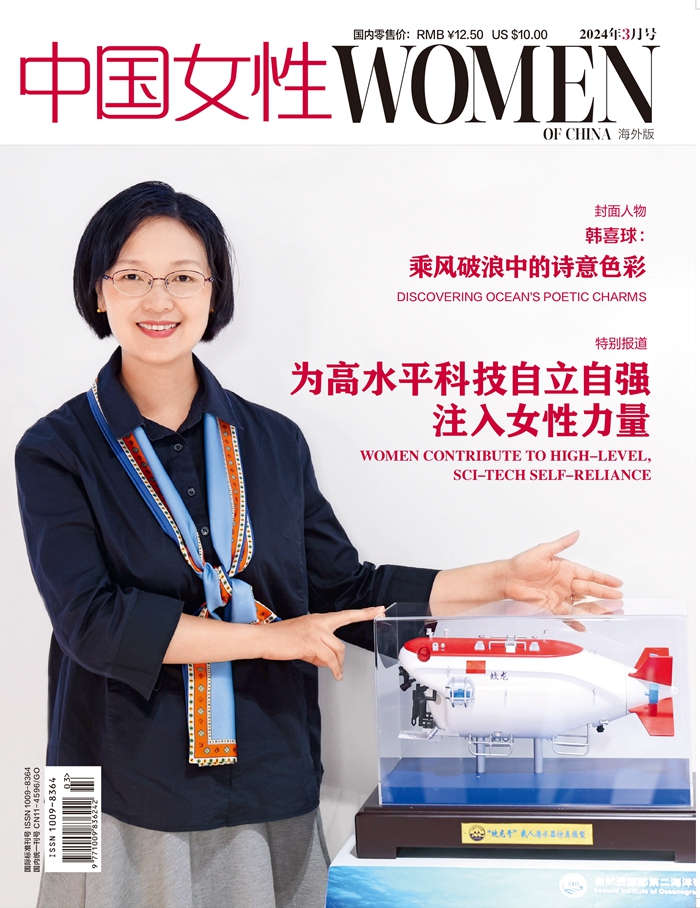
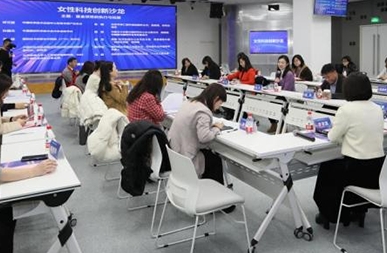
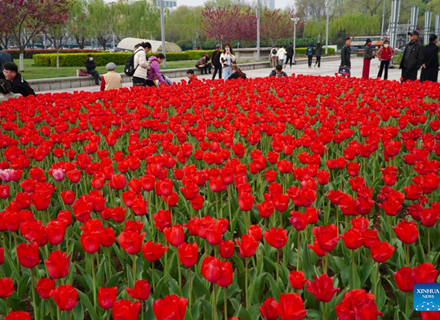
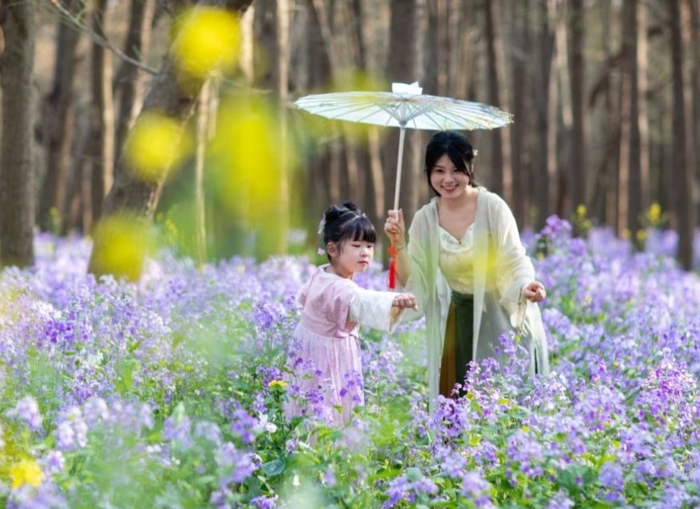


 Nadal tested in 3
Nadal tested in 3 Hamas says 19 killed in Israeli shelling near Gaza City, Israel denies
Hamas says 19 killed in Israeli shelling near Gaza City, Israel denies Supreme Court gives some military veterans more generous educational benefits
Supreme Court gives some military veterans more generous educational benefits Chinese FM meets with Vietnamese counterpart
Chinese FM meets with Vietnamese counterpart China ready to strengthen high
China ready to strengthen high50 migrants reported missing and 9 rescued after their boat overturns off Spanish Atlantic island
 MADRID (AP) — About 50 migrants were missing after their boat overturned some 100 kilometers (60 mil ...[Detailed]
MADRID (AP) — About 50 migrants were missing after their boat overturned some 100 kilometers (60 mil ...[Detailed]Chinese lawmakers submit 298 proposals to annual legislative session
 Staff members work at the secretariat of the second session of the 14th National People's Congre ...[Detailed]
Staff members work at the secretariat of the second session of the 14th National People's Congre ...[Detailed]Zheng eases past Cîrstea in Stuttgart opener after long trip from China. Paolini also through
 STUTTGART, Germany (AP) — Zheng Qinwen eased past Sorana Cîrstea 6-2, 6-3 in the first round of the ...[Detailed]
STUTTGART, Germany (AP) — Zheng Qinwen eased past Sorana Cîrstea 6-2, 6-3 in the first round of the ...[Detailed]North Korea is buying Chinese surveillance cameras in a push to tighten control, report says
 SEOUL, South Korea (AP) — North Korea is putting surveillance cameras in schools and workplaces and ...[Detailed]
SEOUL, South Korea (AP) — North Korea is putting surveillance cameras in schools and workplaces and ...[Detailed]Music and martial arts witness China
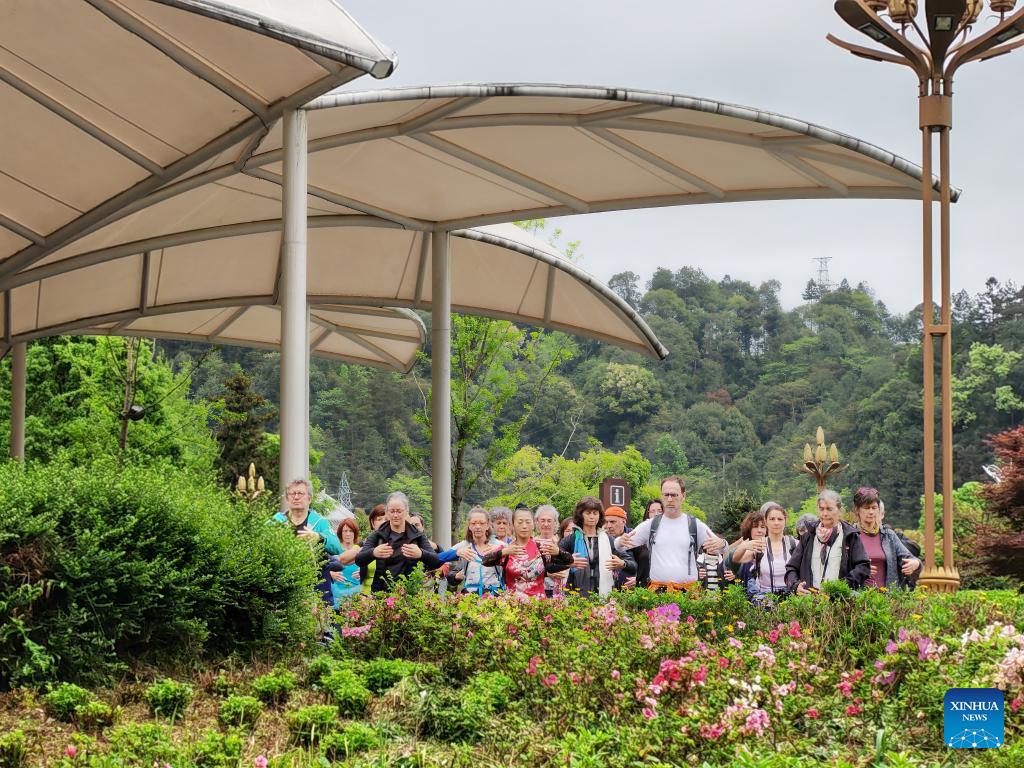 French martial arts enthusiasts practice traditional Chinese Qigong breathing exercises at the Mount ...[Detailed]
French martial arts enthusiasts practice traditional Chinese Qigong breathing exercises at the Mount ...[Detailed]China prepares to launch relay satellite Queqiao
 The combination of the relay satellite Queqiao-2 and the Long March-8 Y3 carrier rocket is verticall ...[Detailed]
The combination of the relay satellite Queqiao-2 and the Long March-8 Y3 carrier rocket is verticall ...[Detailed]Artworks shine at the international consumer products expo
 At the commencement of the fourth China International Consumer Products Expo on April 13, the spotli ...[Detailed]
At the commencement of the fourth China International Consumer Products Expo on April 13, the spotli ...[Detailed]ABBA, Blondie, and the Notorious B.I.G. enter the National Recording Registry
 LOS ANGELES (AP) — ABBA, Biggie, Blondie and Rudolph are entering America’s audio canon. New inducte ...[Detailed]
LOS ANGELES (AP) — ABBA, Biggie, Blondie and Rudolph are entering America’s audio canon. New inducte ...[Detailed]In Paris, students inspired by pro
 PARIS (AP) — Dozens of students gathered near the Sorbonne university in Paris on Monday to protest ...[Detailed]
PARIS (AP) — Dozens of students gathered near the Sorbonne university in Paris on Monday to protest ...[Detailed]China exercises veto power in UN Security Council to uphold international justice: envoy
 A Chinese envoy on Monday shared China's resolute stance on the use of veto power in the UN Secu ...[Detailed]
A Chinese envoy on Monday shared China's resolute stance on the use of veto power in the UN Secu ...[Detailed]Foreign diplomats impressed by traditional culture, high

A London court rules against a Muslim girl who wanted to pray at a school known for strict rules
